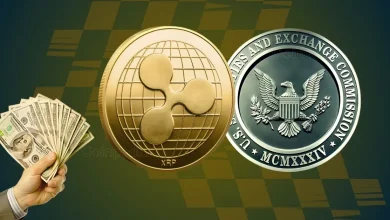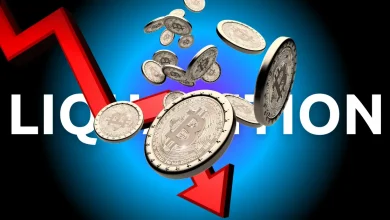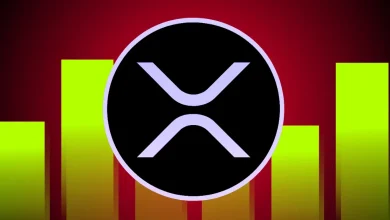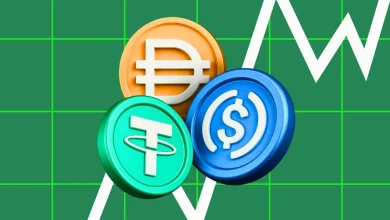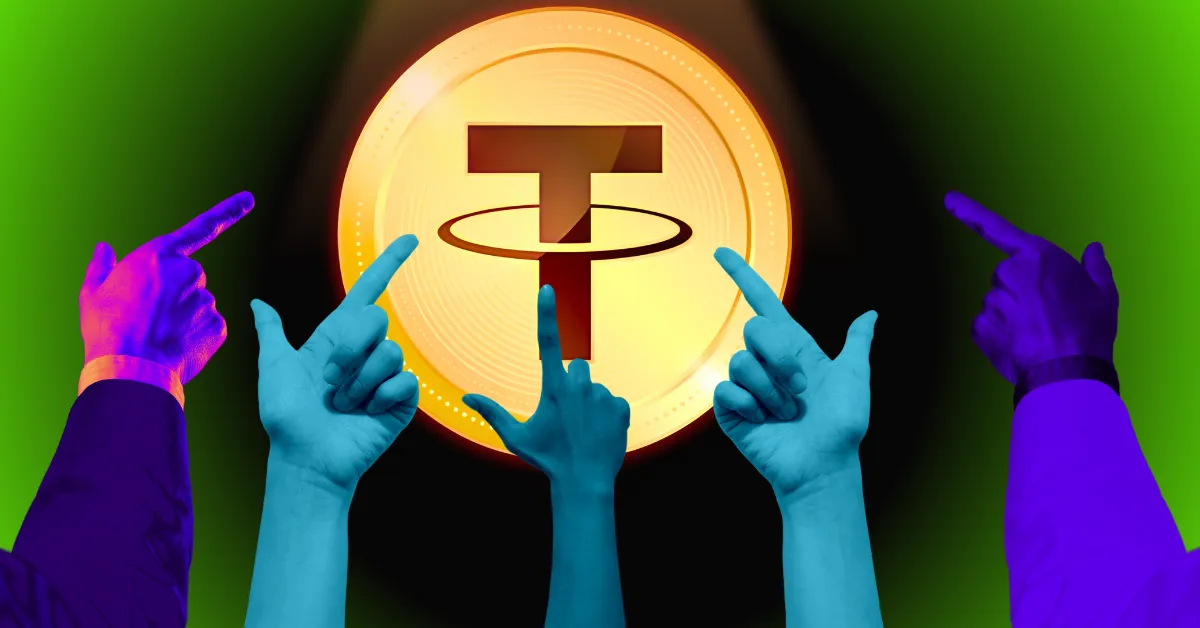
Analyst claims Tether isn't fully dollar-backed, alleging risky borrowing and crypto loops.
Key firms (Abraxas, Cumberland, Wintermute) are named in the alleged unsustainable cycle.
Tether's move to El Salvador and co-founder's large holdings raise further scrutiny.
Tether (USDT), the world’s biggest stablecoin, is under fire after a viral post by crypto analyst Deso on X raised serious concerns about its financial backing. Deso claims USDT might not be fully supported by real US dollars. Instead, it could be propped up by borrowed funds and risky financial loops – a setup that, if true, could put the entire crypto market at risk.
These claims come at a time when stablecoin transparency is already under growing scrutiny. And if Deso’s findings are accurate, the foundation of much of crypto trading may be shakier than anyone thought.
How the Alleged Scheme Works
Tether is designed to maintain a 1:1 peg with the US dollar and is widely used in trading and DeFi platforms. But according to Deso, there’s a twist.
He says some firms may be using borrowed money to buy USDT, then converting it into cryptocurrencies like Bitcoin. After that, they sell the crypto for real dollars – only to repeat the cycle. This creates a loop that keeps the system running, but only as long as crypto prices stay high and demand remains strong.
If either of those conditions change, Deso warns the entire setup could unravel.
Who’s Involved? Three Key Names
Deso points to three firms allegedly driving this loop: Abraxas, Cumberland, and Wintermute.
He claims these companies are relying on rising prices and consistent market demand to keep the system alive. If either weakens, the borrowed money used to buy USDT might not get paid back – something Deso compares to the workings of a Ponzi scheme.
Tether’s El Salvador Move Raises Eyebrows
Deso also revealed that Tether has moved its headquarters to El Salvador. That’s notable because El Salvador doesn’t have an extradition treaty with the United States.
This move has raised eyebrows, with some speculating it could be a way to avoid legal action if investigations heat up.
In another claim, Deso says Tether’s co-founder Giancarlo Devasini controls at least $150 billion worth of USDT. He cites blockchain analytics platform Arkham Intelligence as the source.
That kind of control by a single individual has triggered fresh concerns over the centralization and transparency of Tether’s operations.
Time to Take a Closer Look?
Deso is now calling on journalists, investigators, and the crypto community to dig deeper into Tether’s reserves, operations, and lending practices.
Whether or not these claims hold up under investigation, they’ve already reignited long-standing doubts about how Tether really works and what could happen if trust in USDT starts to break down.
Never Miss a Beat in the Crypto World!
Stay ahead with breaking news, expert analysis, and real-time updates on the latest trends in Bitcoin, altcoins, DeFi, NFTs, and more.
FAQs
Tether (USDT) is a stablecoin pegged 1:1 to the U.S. dollar, used widely in crypto trading for stable value and liquidity.
Tether is used for trading, transferring value, and earning yield in DeFi while avoiding crypto price volatility.


